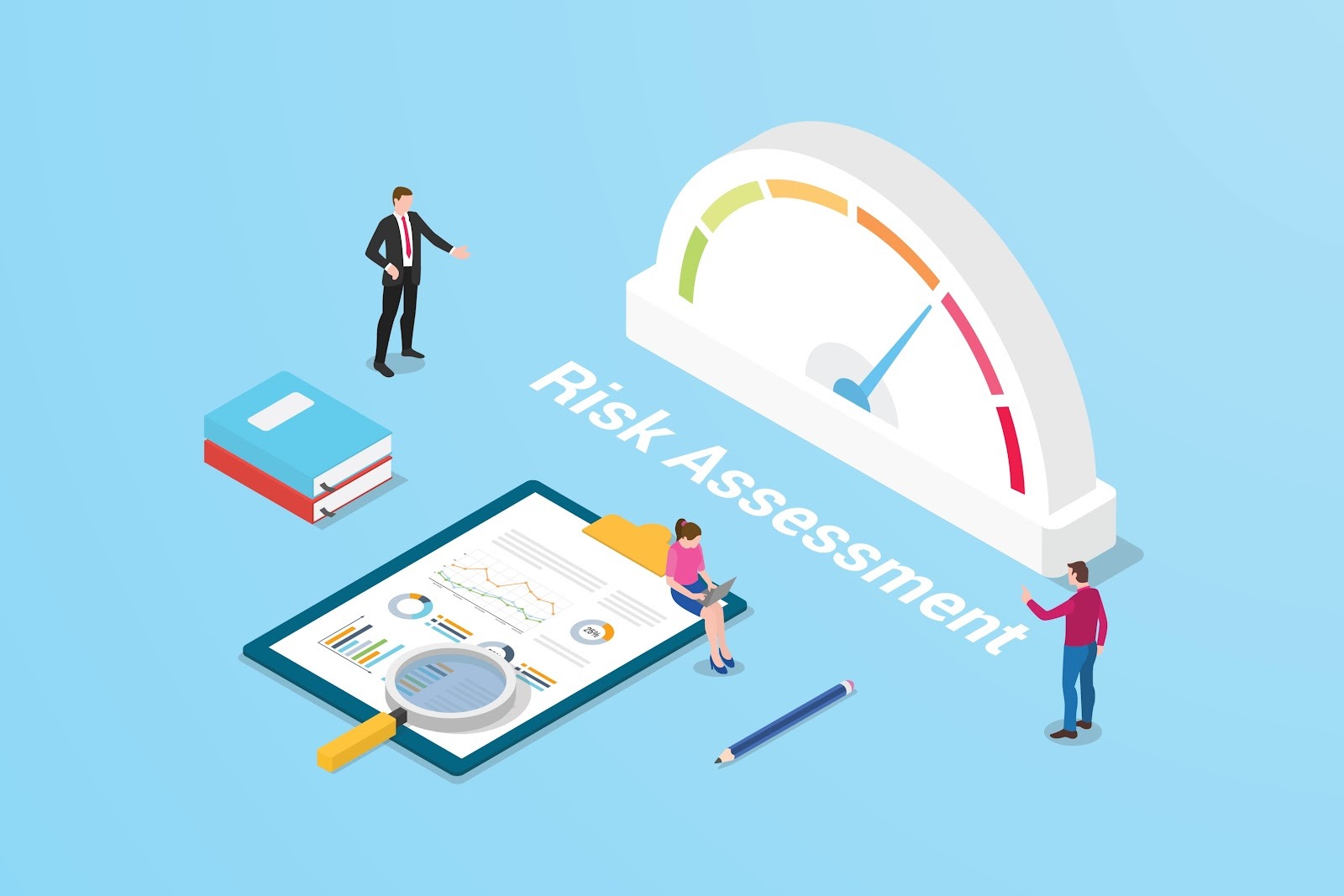Manually managing risks takes a lot of time and can lead to mistakes. Funders and underwriters often spend hours gathering data, checking spreadsheets, and guessing what might go wrong.
This slow process makes it hard to react quickly when new risks appear. It can also lead to missed threats that affect business operations, finances, or security.
Automated risk assessment tools can collect data, analyze it in real time, and flag potential issues before they grow. They make risk management faster, smarter, and more accurate.
In this article, we’ll share the top five tools that can help you automate your risk assessment process and make your business more confident in every decision.
What Are Automated Risk Assessment Tools?
An automated risk assessment tool is software that helps MCA funders, brokers, and insurance agents (MGAs) find and manage risks faster and with more accuracy.
It uses data analytics and artificial intelligence to study large amounts of information in real time. They help with risk identification, assign risk scores, detect potentially fraudulent documents, and highlight areas that may need attention.
Such solutions let your team focus on complex risk scenarios rather than being stuck handling paperwork.
Some automated risk management systems are also built to fit with existing processes. They connect easily with other tools, helping security teams track risks across systems without switching apps or wasting time.
5 Automated Risk Assessment Software You Can Try Out
If you’re looking to strengthen your risk management process, here are five automated risk assessment software options worth trying.
1. Heron
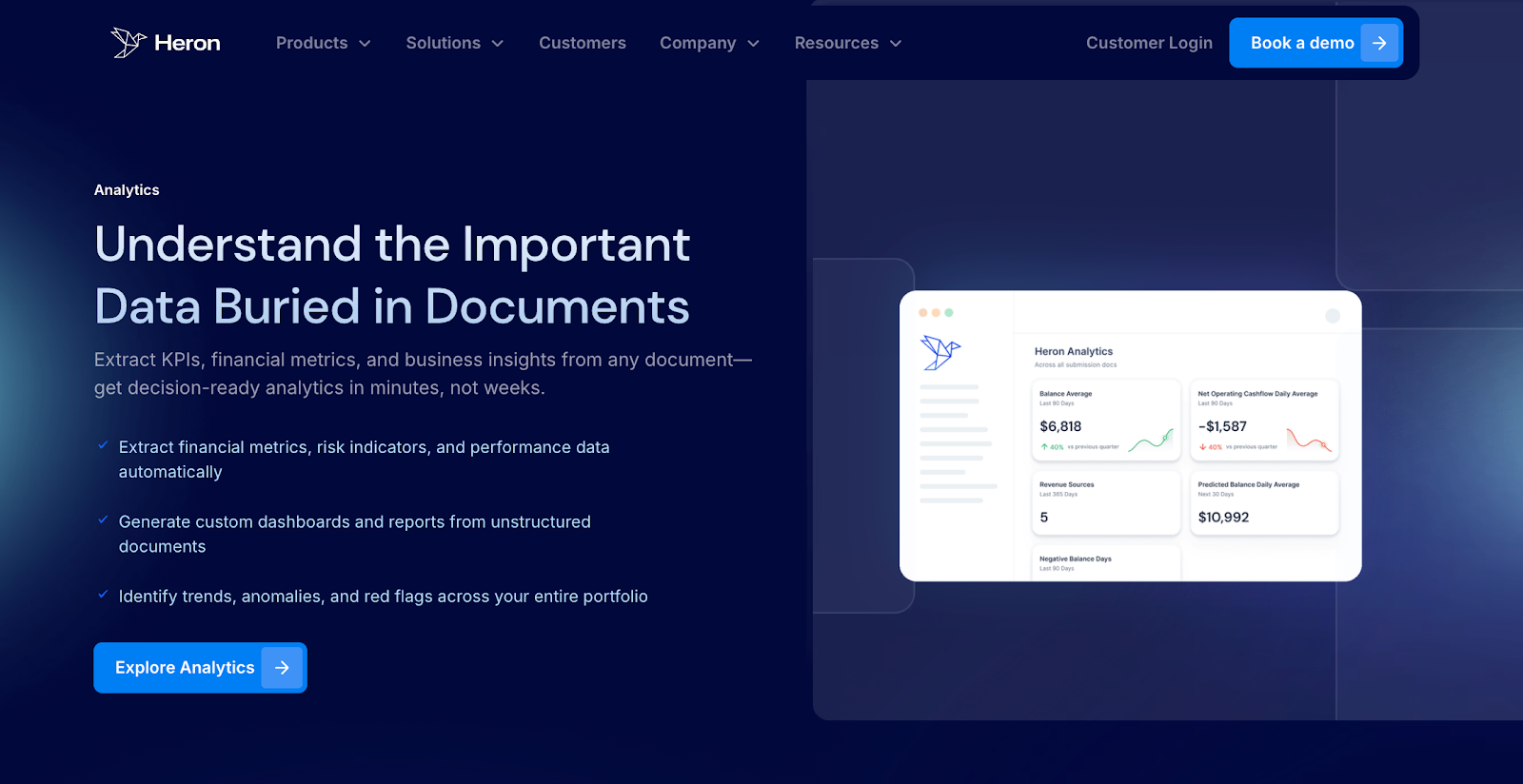
Heron helps funders and MCA brokers quickly understand the important data buried in their documents with its risk assessment capabilities.
It scrubs KPIs, financial metrics, and risk indicators automatically, turning unstructured information into decision-ready insights in minutes with its powerful intelligent document processing capabilities.
The platform offers simple dashboards that show performance, trends, and possible risks across the whole portfolio.
Key Features
- Automatic metric scrubbing - Pulls key financial and operational data, such as balances, debts, and cash flow, directly from documents without manual work
- Custom dashboards and reports - Creates visual dashboards with charts and trend analysis for a clear view of performance across all submissions
- Anomaly detection - Identifies trends, red flags, and data inconsistencies to help assess risk faster
- Business bank statement analysis - Tracks parsing accuracy, monthly coverage, and data consistency to spot missing or incorrect information
- Automated rule validation - Applies pre-set business rules and compliance criteria automatically, flagging missing documents or policy issues before review
- Cross-submission intelligence - Combines data from multiple submissions to give a full view of financial health and risk exposure
- Cash flow summary - Shows inflows, outflows, average balances, and burn rates to reveal financial stability and highlight potential risks
2. FlowForma

FlowForma is a workflow automation tool that helps organizations handle risk management in a simple way.
It helps teams stay compliant, work more accurately, and see risk activity in real time.
The platform brings together strong governance, smart integration capabilities, and AI-powered workflows to make it easier for every department to find and assess risks.
Key Features
- Built-in governance controls - Logs ownership, tracks mitigation steps, and aligns documentation with compliance frameworks such as ISO
- Seamless system integration - Connects with SharePoint, Microsoft 365, CRMs, and ERPs to centralize data for more efficient risk management
- Dynamic forms and conditional logic - Creates adaptive forms that adjust to various risk types and business functions for accurate risk identification
- Real-time dashboards and insights - Shows risk scores, overdue actions, and completion rates through dashboards for continuous tracking
- AI Copilot assistance and AI agents - Builds workflows from natural language prompts and documents, with AI agents automating steps throughout the risk process
3. Origami Risk
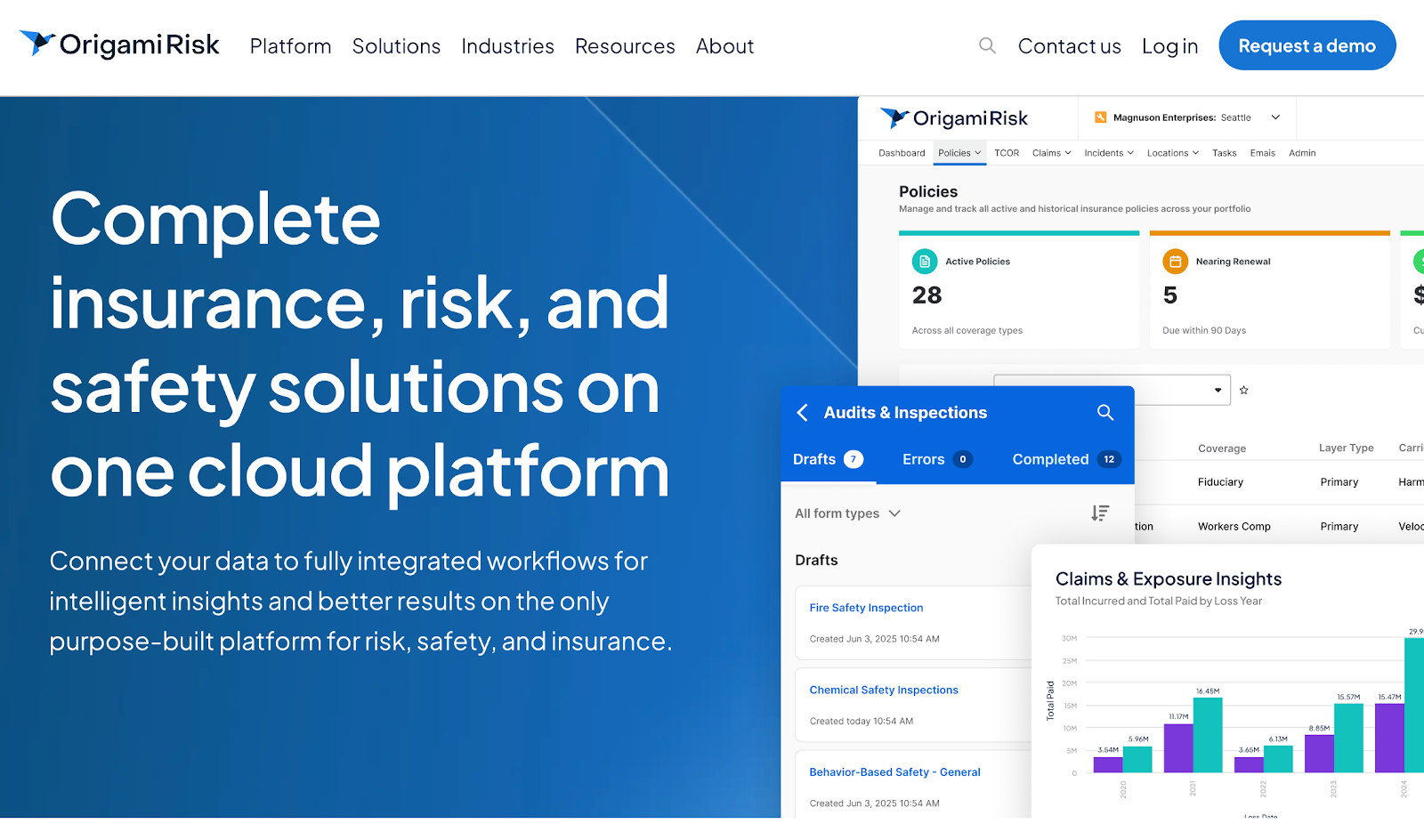
Origami Risk is a cloud-native platform that supports insurance brokers in managing risk, safety, insurance, compliance, and claims within a single system.
The platform offers tools for enterprise risk management, compliance management, policy administration, and claims handling, while also supporting healthcare risk and environmental health and safety programs.
With AI-powered insights, automation, and integrated data, brokers can better serve clients, strengthen compliance processes, and mitigate risks across different industries.
Key Features
- Incident and claims management - Helps brokers record, track, and resolve client risk events to reduce losses and mitigate risks
- Policy and compliance management - Provides tools to support compliance management, policy oversight, and regulatory adherence for clients
- Safety management - Offers audits, inspections, and hazard tracking features to help clients improve workplace safety
- Risk assessment and analysis - Enables brokers to assess and prioritize risks, giving clients clearer insight into potential exposures
- Workflow automation and dashboards - Automates routine processes and delivers customizable dashboards to monitor client programs in real time
4. TurnKey Lender

TurnKey Lender is an AI-powered tool that helps businesses make credit decisions faster and with more accuracy.
It automates the whole credit process using smart workflows, so evaluations are quicker and more consistent.
The platform blends traditional and alternative ways of assessing risk, giving you a clear view of potential risks across your portfolio.
Key Features
- AI-powered decision engine - Combines traditional and alternative risk assessment models to improve accuracy and identify potential risks early in the decision process
- Credit scoring flexibility - Allows users to build custom scorecards and rules for different loan types, adapting easily to changing market and risk landscape conditions
- End-to-end automation - Delivers automated workflows that cover the full loan lifecycle, from application to approval and monitoring
- Third-party integrations - Connects with 75+ data sources, including credit bureaus, transaction data, and bookkeeping systems, to enhance risk evaluation
- Built-in security operations - Protects sensitive financial data and credit information with enterprise-grade security controls and compliance frameworks
5. Riskonnect
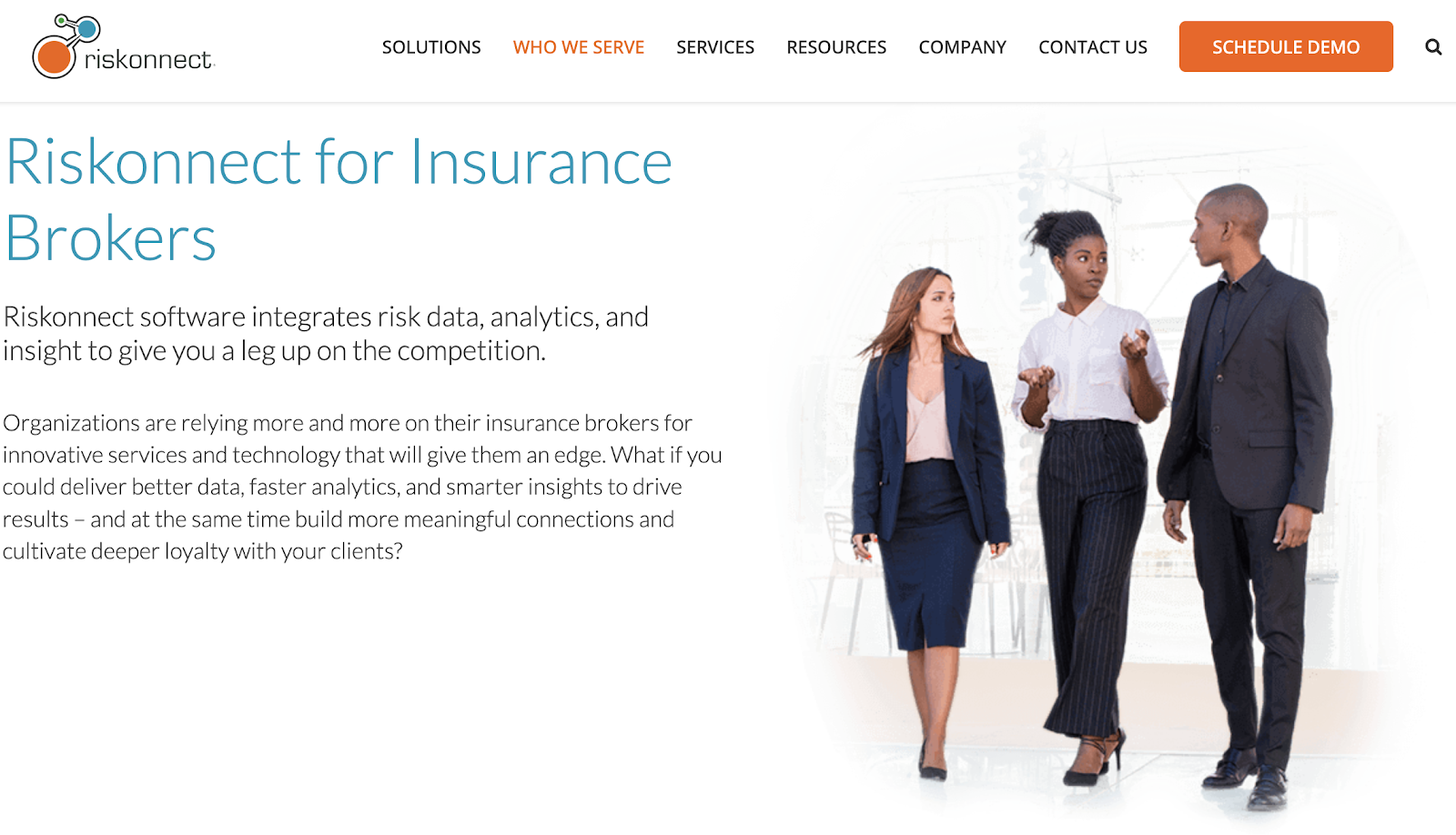
Riskonnect is a software platform designed for insurance brokers and organizations that need a connected approach to managing risk.
It integrates data, analytics, and insights into one system to provide faster decision-making and stronger client relationships.
With real-time data and automated workflows, brokers can prioritize risks, monitor compliance, and improve overall security posture.
Key Features
- Integrated risk management - Combines risk data, analytics, and reporting to support risk prioritization and informed decisions
- Claims and policy management - Provides structured tools to manage claims, administer policies, and maintain consistency across operations
- Compliance and controls - Helps track regulatory compliance and internal controls while strengthening overall security posture
- Business continuity and resilience - Includes planning and response features for continuity, crisis events, and threat detection
- Workflow automation - Automates routine processes so brokers can focus on higher-value tasks and client engagement
Why Should You Use Tools for Automated Risk Assessment?
Automated risk management tools have changed how organizations deal with risks. Here are some key benefits of effective risk management automation tools.
Improve Accuracy and Reduce Human Error
Manual assessments often depend on personal judgment, which can lead to inconsistent results. Automated systems minimize human error by using data models that evaluate risks objectively.
For funders, this strengthens their overall risk posture by cutting down exposure to risky merchants. Brokers benefit from faster, more predictable responses that improve merchant relationships.
MGAs gain measurable consistency across their networks, helping them maintain a solid risk posture while scaling.
With greater accuracy, everyone in the MCA chain can apply the same standards, creating more reliable outcomes.
Gain Real-Time Risk Visibility
Automated risk management tools collect and analyze merchant data in real time. This helps MCA teams spot threats as they develop, instead of catching them only after funding.
Quick alerts and clear dashboards give decision makers the visibility they need to respond faster to potential compliance or data security concerns.
Continuous monitoring keeps operations steady, even when market conditions or merchant behavior change quickly.
Strengthen Compliance and Audit Readiness
Financial automation strengthens compliance by recording every step of the process. Each action becomes part of a clear audit trail, making it easier to prepare for audits and demonstrate responsible practices.
These detailed records highlight how risk processes are managed and create transparency for regulators.
They also give funders the ability to review performance, spot gaps, and improve their overall risk management capabilities over time.
Save Time and Improve Resource Allocation
Risk tracking often involves many repetitive tasks, such as collecting data, updating reports, or verifying compliance entries.
Automated processes handle these routine risk assessments without delay, allowing underwriters to focus on higher-level work like incident management, prevention planning, or policy improvement.
Automation helps organizations save time and make better use of their team’s skills instead of spending too much time on lengthy compliance processes.
Support Faster, Data-Driven Decision-Making
Automated tools can process large volumes of submissions in seconds, compared to the hours or days it takes with manual processes.
They can highlight security gaps, spot risk trends, and flag emerging threats, giving teams the insights needed for faster, evidence-based decisions.
With this, funders can get quicker, more accurate deal assessments that reduce exposure to bad risks.
When unexpected issues arise, these tools help funders and risk professionals prioritize what matters most and respond with confidence, keeping operations steady even under pressure.
Detect Risky Details Quickly with Heron
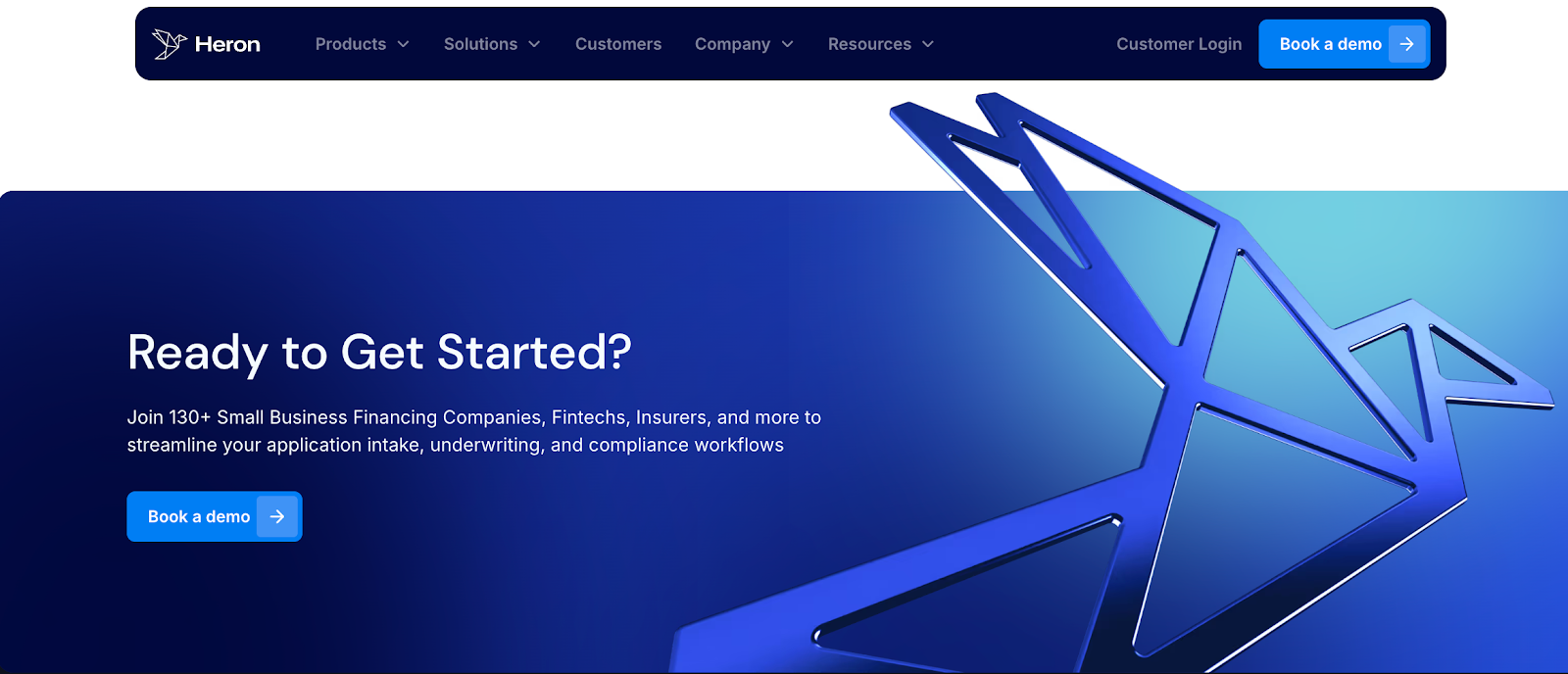
Heron helps funders make faster, more informed decisions by turning complex financial documents into clear, structured data.
Heron quickly pulls key risk indicators from business bank statements, tax returns, and financial reports, giving you instant insight into possible issues across your portfolio.
It also spots security gaps, detects new threats, and gives a clearer view of risks more accurately than legacy systems ever could.
The platform's real-time dashboards also let you track performance, spot trends, and catch red flags early.
With Heron's AI-driven document processing, you can turn complex data into clear insights, helping you process loans with confidence.
FAQs About Tools to Automate Risk Assessment
How to automate risk assessment?
You can automate risk assessment by using software that gathers data, runs a risk analysis, and ranks threats based on their impact. These systems track key factors like compliance, safety, and financial exposure.
Heron helps by automatically extracting financial metrics, risk indicators, and performance data from unstructured documents, turning them into decision-ready insights and dashboards in minutes.
Can ChatGPT do a risk assessment?
ChatGPT can support a risk assessment by analyzing data, identifying possible issues, and suggesting steps to reduce them.
However, it cannot replace dedicated tools or expert judgment. It works best when used to assist with documentation, summaries, or identifying cybersecurity risks.
Which tools are used for risk assessment?
Tools used for risk assessment include software like Resolver, RiskWatch, MetricStream, and Heron. These tools help teams manage risks through automation and data analysis.
Heron goes further by extracting financial metrics, risk indicators, and performance data from unstructured documents, giving teams clear insights that align with standard risk assessment frameworks.
